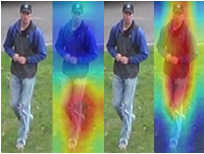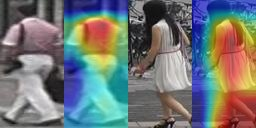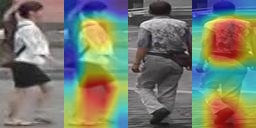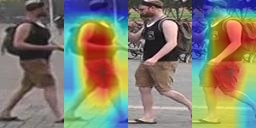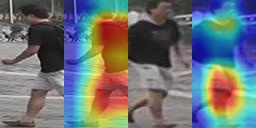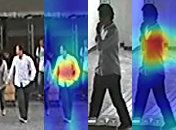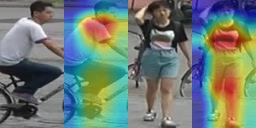We propose a new deep architecture for person re-identification (re-id). While re-id has seen much recent progress, spatial localization and view-invariant representation learning for robust cross-view matching remain key, unsolved problems. We address these questions by means of a new attention-driven Siamese learning architecture, called the Consistent Attentive Siamese Network. Our key innovations compared to existing, competing methods include (a) a flexible framework design that produces attention with only identity labels as supervision, (b) explicit mechanisms to enforce attention consistency among images of the same person, and (c) a new Siamese framework that integrates attention and attention consistency, producing principled supervisory signals as well as the first mechanism that can explain the reasoning behind the Siamese framework's predictions. We conduct extensive evaluations on the CUHK03-NP, DukeMTMC-ReID, and Market-1501 datasets, and establish a new state of the art, with our proposed method resulting in mAP performance improvements of 6.4%, 4.2%, and 1.2% respectively.
翻译:我们提出了一个新的个人再身份(re-id)的深层次架构。虽然重新身份发现最近取得了许多进展,但空间本地化和视觉差异代表性学习以建立强有力的交叉视图匹配仍然是关键和尚未解决的问题。我们通过一个新的关注驱动的Siamse学习架构来解决这些问题,称为“一致的快速西亚网 ” 。与现有的竞争方法相比,我们的主要创新包括:(a) 灵活的框架设计,仅以身份标签作为监督,引起关注,(b) 明确机制,加强关注同一人图像的一致性;(c) 新的西亚马斯框架,将关注和关注的一致性结合起来,产生有原则的监督信号,以及第一个能够解释西亚框架预测背后理由的机制。 我们对CUHKK03-NP、DukyMMC-ReID和市场1501数据集进行了广泛的评价,并建立了新的艺术状态,我们提出的方法分别导致 mAP绩效改善6.4%、4.2%和1.2%。



















